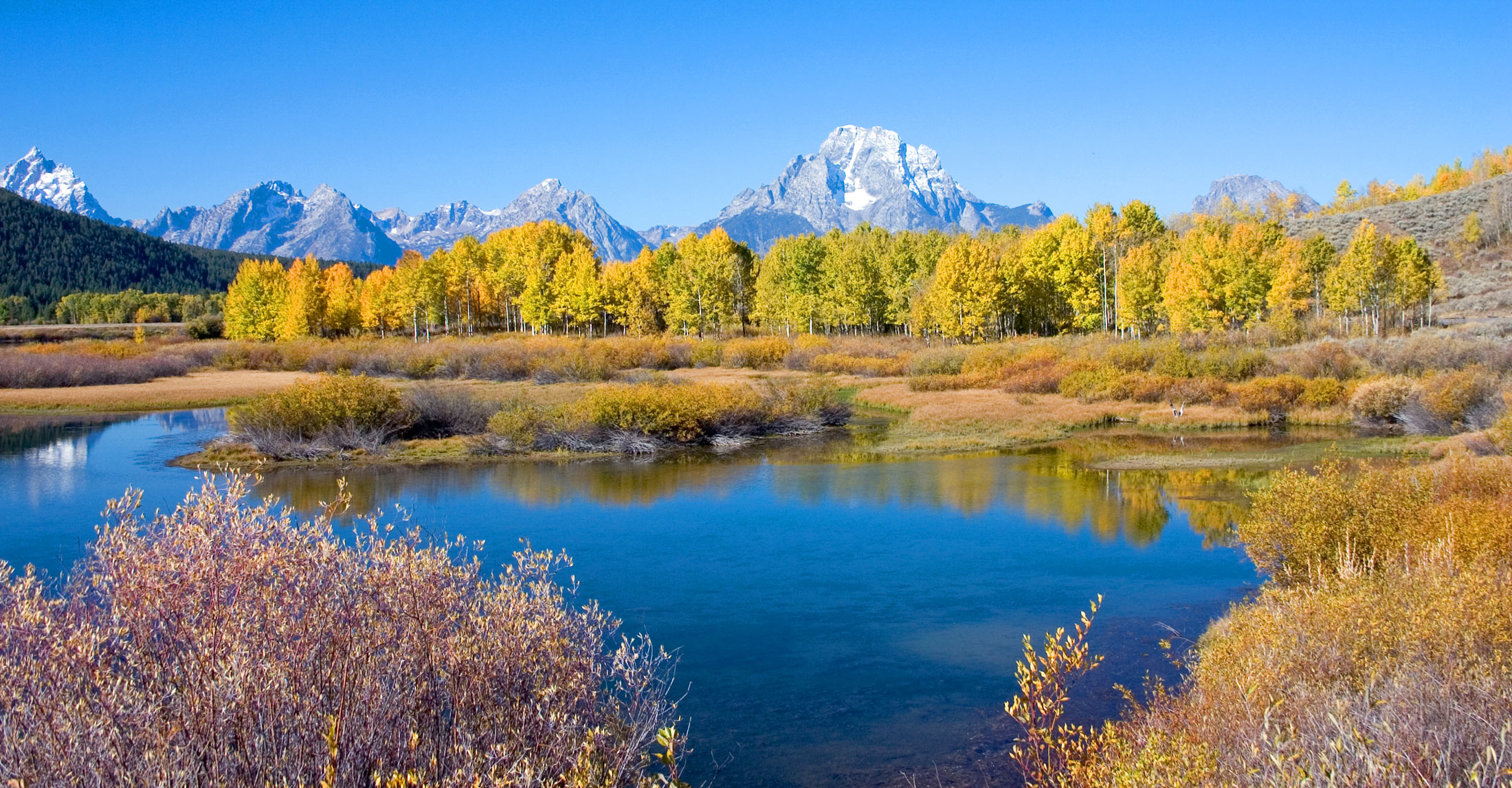
Study Finds Rocky Mountain Snow Contamination
On Apr. 1, 2025, Mountain snowpacks accumulate snow throughout the winter, building up stores of water that will supply communities across the American West throughout the long dry season. Now, a new study shows that as storms carry snow to the Rocky Mountains, they are also bringing mercury and other contaminants from mines in the region.
The research helps scientists understand how contaminants are spread by atmospheric circulation and has implications for snowpack preservation and illuminating the lasting environmental impact of mining activities.
The study, published in the May issue of the journal Environmental Pollution, examined contamination levels for Mercury, Zinc, Cadmium and Antimony from nearly 50 sites in the Rocky Mountains. DRI’s Monica Arienzo, Associate Research Professor of Hydrology, led the research, along with colleagues from the U.S. Geological Survey (USGS), the University of Nevada, Reno, and Portland State University.
They found higher levels of metal contaminants in the northern Rockies and identified mines in the Pacific Northwest, Idaho, and Montana as the likely source by following winter storms back in time. It is one of the first studies to look at metal contamination across the greater Rocky Mountains.
The study combined a number of data sets to capture a comprehensive understanding of the amount of metal contamination making its way to the region. First, snow samples were collected from 48 sites throughout the Rocky Mountains during the spring of 2018. The researchers then measured metal concentrations in each sample, including metals like calcium that come from natural dust rather than human activities. By comparing the amounts of purely dust-sourced metals to those that result from both dust and industrial activities like mining, the scientists determined how much metal contamination stemmed from human activities.
To strengthen their findings, they then examined data from the National Atmospheric Deposition Program that measured mercury and calcium in precipitation from 2009 through 2018. Again, the scientists saw higher amounts of metal contamination in the northern Rockies, across Montana, Idaho, and Northern Wyoming.
The research is part of a larger study, supported by the National Science Foundation (NSF), using tree rings to examine historical mercury contamination. Arienzo and her team will compare the mercury record found in tree rings to that found in the snowpack to better understand how mercury is deposited and spread throughout the environment.
Tags:
Source: Desert Research Institute
Credit:
